Total Parenteral Nutrition (TPN feeding) is a method of administration of essential nutrients to the body through a central vein. TPN therapy is indicated for a client with a weight loss of 10% of the ideal weight, an inability to take oral food or fluids within 7 days post-surgery, and hypercatabolic situations such as major infection with fever. TPN solutions require water (30 to 40 mL/kg/day), energy (30 to 45 kcal/kg/day, depending on energy expenditure), amino acids (1.0 to 2.0 g/kg/day, depending on the degree of catabolism), essential fatty acids, electrolytes, vitamins, minerals, and trace elements. These solutions can be adjusted, depending on the presence of organ system impairment or the specific nutritional needs of the client. TPN is usually used in hospital, subacute and long-term care, but it is also used in home care settings.
Nursing Care Plans and Management
The major goals for the patient undergoing total parenteral nutrition may include improvement of nutritional status, maintaining fluid balance, and absence of complications.
Nursing Problem Priorities
The following are the nursing priorities for patients with total parenteral feeding:
- Verify the appropriateness of total parenteral nutrition (TPN) for the patient’s nutritional needs.
- Calculate and prepare the TPN solution according to the prescribed formulation.
- Monitor and assess the patient’s nutritional status and response to TPN.
- Administer TPN via a central venous catheter, ensuring proper insertion and maintenance.
- Monitor and manage complications associated with TPN, such as infection or electrolyte imbalances.
- Monitor blood glucose levels regularly and manage hyperglycemia or hypoglycemia as needed.
Nursing Assessment
Assess for the following subjective and objective data:
- See nursing assessment cues under Nursing Interventions and Actions.
Nursing Diagnosis
After thorough assessment, nursing diagnoses are formulated to address the challenges of total parenteral nutrition, guided by the nurse’s clinical judgment and understanding of the patient’s unique condition. While nursing diagnoses help organize care, their use may vary across clinical settings. Ultimately, the nurse’s expertise and judgment shape the care plan to prioritize each patient’s needs. Here are examples of nursing diagnoses that may be useful for common concerns associated with total parenteral nutrition:
- Risk for Imbalanced Nutrition: Less Than Body Requirements as evidenced by inability to take in adequate oral nutrition, weight loss, muscle wasting, and low serum albumin levels.
- Risk for Fluid Volume Excess as evidenced by weight gain greater than 0.5 pounds per day, jugular vein distention, and crackles upon lung auscultation.
- Risk for Infection as evidenced by increased temperature, redness or swelling at the catheter site, and elevated white blood cell count.
- Risk for Unstable Blood Glucose Level as evidenced by frequent changes in blood glucose readings and reports of polyuria, thirst, or confusion.
- Risk for Deficient Fluid Volume as evidenced by dry mucous membranes, increased urine specific gravity, and decreased skin turgor.
- Risk for Electrolyte Imbalance evidenced by serum electrolyte fluctuations, muscle cramps, or changes in mental status.
- Risk for Impaired Skin Integrity (related to edema from potential fluid overload and immobility) as evidenced by redness, swelling in dependent areas, and dry, fragile skin.
- Anxiety related to unfamiliarity with TPN therapy and central line placement as evidenced by verbalizations of fear or worry, restlessness, and questions about the procedure.
- Deficient Knowledge related to new TPN regimen and self-care requirements as evidenced by questions about catheter care, TPN components, and how to monitor for potential complications.
Nursing Goals
Goals and expected outcomes may include:
- The client will achieve an adequate nutritional status, as evidenced by stable weight or weight gain and by improved albumin levels.
- The client will maintain normal blood glucose and serum electrolyte levels.
- The client will maintain normal fluid volume, as evidenced by balanced intake and output, absence of edema, and absence of excessive weight gain.
- The client will be normovolemic as evidenced by systolic BP of 90 mm Hg or higher, absence of orthostasis, heart rate of 60 to 90 beats per minute, urine output of at least 30 ml per hour, and normal skin turgor.
Nursing Interventions and Actions
Therapeutic interventions and nursing actions for patients undergoing total parenteral nutrition (TPN) may include:
1. Promoting Adequate Nutrition
TPN plays a vital role in supporting patients who have gastrointestinal dysfunction, severe malabsorption, or other medical conditions that prevent normal digestion and absorption of nutrients. In patients receiving TPN, the goal is to provide optimal nutrition to meet their specific needs and promote recovery and healing. Adequate nutrition is essential for maintaining immune function, preventing muscle wasting, promoting wound healing, and supporting overall health. However, ensuring adequate nutrition in patients on TPN can be complex, as it requires careful monitoring and adjustment of nutrient composition, fluid balance, and electrolyte levels.
Assess for signs and symptoms of essential fatty acid deficiency:
- Dry, scaly skin. These changes link to Vitamin D and E deficiencies.
- Easily bruised and thrombocytopenia. These findings are caused by coagulopathy secondary to inadequate vitamin K levels.
- Poor wound healing. This relates to Vitamin A and E deficiencies.
Assess for signs and symptoms of electrolyte imbalances:
- Hypokalemia. Changes in the level of consciousness such as confusion and lethargy; muscle weakness; ST-segment depression, U-wave, and ventricular dysrhythmias.
- Hyponatremia. Changes in the level of consciousness such as confusion and lethargy; Nausea, vomiting, muscle weakness, tremors, and seizures.
- Hypophosphatemia. Changes in the level of consciousness, and muscle weakness.
- Hypocalcemia. Paresthesia, tetany, seizures, positive Chvostek’s sign, irregular heart rate.
- Hypomagnesemia. Muscle weakness, cramping, twitching, tetany, seizures, irregular heart rate.
Assess blood glucose levels for signs and symptoms of:
- Hypoglycemia
Signs of hypoglycemia such as clammy skin, agitation, weakness, and tremors are most likely to be seen when TPN infusion rates are decreased or the infusion is stopped. - Hyperglycemia
Signs of hyperglycemia such as thirst, polyuria, confusion, and glycosuria are most likely to be seen on initiation of TPN.
Assess for signs and symptoms of fat embolism.
Clients who are receiving fat emulsions are prone to fat embolism (headache, cyanosis, skin flushing, and dyspnea) which is a rare but serious complication of the infusion.
Monitor serum triglyceride levels.
Clients receiving an IV fat emulsion should ha
Assess skin integrity and wound healing.
Skin integrity changes and wound healing are used as parameters in monitoring the effectiveness of TPN feeding.
Measure intake and output accurately; Monitor weight daily; Monitor calorie counts, including calories provided by TPN.
TPN composition is based on the calculated nutritional needs of the client. Before the therapy is started, a thorough baseline assessment will be completed by healthcare members which includes physicians, nurses, dieticians, and pharmacists is done. Changes in fluid balance, weight, and caloric intake are used to assess TPN effectiveness. Daily weights are done to determine if nutritional goals are being met. Weight is also used to assess fluid volume status. Weight gain of more than 1/2 pound per day may indicate fluid retention.
Assist with the insertion and maintenance of central venous or peripherally inserted central catheters (PICC).
Since the osmolality of TPN solution is high, it is administered into the vascular system using a catheter inserted into a central vein with a high-volume blood flow. The tip of the catheter is usually placed in the superior vena cava. X-ray confirmation of accurate catheter placement is necessary before TPN administration is initiated. Normal saline or other isotonic solutions may be infused through the central catheter until placement is confirmed.
Encouraged additional oral fluid intake as indicated.
Additional oral fluids may be given to a client receiving TPN to maximize nutritional support. Clients may benefit psychologically from having oral intake, especially at shared mealtimes with family members.
Administer the prescribed rate of TPN solution via an infusion pump.
Electronic infusion pumps are used during the therapy to maintain an accurate rate of administration. A delayed administration time of TPN withholds the client of needed nutrition; Rapid administration can precipitate a hyperglycemic crisis because the hormonal response (i.e., insulin) may not be available to allow the use of the increased glucose load.
Administer electrolyte replacement therapy as indicated.
Electrolytes are supplied based on the client’s calculated need.
Taper off the rate of TPN when discontinuing the therapy.
This measure prevents a hypoglycemic episode caused by abrupt TPN withdrawal.
Do the following when the TPN solution stops or must be stopped suddenly:
- For hyperglycemia, administer insulin as ordered.
This measure facilitates the metabolic use of glucose. - For a clotted catheter or if subsequent TPN bags are not available, hang 10% dextrose and water at the rate of the TPN infusion.
This solution provides a higher concentration of glucose to prevent sudden hypoglycemia. - For emergency or cardiac arrest situations, stop the infusion; administer bolus doses of 50 % dextrose.
These measures prevent hypoglycemia during resuscitation.
Collaborate with other nutritional support teams, dieticians, pharmacists, and home health nurses.
The risk for most complications that occur in the hospital is decreased when the administration of parenteral nutrition is supervised by an experienced nutritional support team.
2. Preventing Hypervolemia and Fluid Volume Excess
While TPN is vital for patients who cannot receive adequate nutrition through oral or enteral means, it also introduces the risk of fluid overload and subsequent complications. Maintaining fluid balance is crucial for the optimal function of various body systems and is especially important during TPN therapy. Hypervolemia and fluid volume excess can lead to detrimental effects on cardiovascular function, respiratory status, and overall patient outcomes. Therefore, it is imperative for healthcare professionals to implement preventive measures and closely monitor fluid status in patients receiving TPN.
Assess for the following signs and symptoms of excess fluid volume:
- Shortness of breath; Crackles upon auscultation. These respiratory changes are caused by the accumulation of fluid in the lungs.
- Edema. Edema occurs when fluid accumulates in the extravascular spaces. Edema usually begins in the fingers, facial area, and presacral area. Generalized edema, called anasarca, occurs later and involves the entire body. A weight gain of more than half a pound per day is an indication of fluid volume excess.
- Distention of jugular veins. Increased central venous pressure is noticed first as distention of the jugular veins.
Monitor laboratory studies such as serum sodium levels.
Hypernatremia may cause or aggravate edema by holding fluid in the extravascular spaces.
Place the client in a semi-Fowler’s or high-Fowler’s position.
Maintaining the head of the bed elevated will promote ease in breathing. This position also allows the pooling of fluid in the bases and for gas exchange to be more available to the lung tissue.
Handle caution on extremities with edema.
Edematous skin is more susceptible to injury and breakdown.
Administer diuretics such as furosemide (Lasix) as indicated.
Diuretics promote the excretion of fluids.
3. Preventing Dehydration
While TPN provides necessary hydration along with essential nutrients, it is crucial to monitor and maintain fluid balance to prevent dehydration and its associated complications. Proper hydration is essential for maintaining normal physiological functions and promoting optimal patient outcomes. Dehydration can occur in TPN patients due to various factors, including inadequate fluid administration, increased fluid losses, or underlying medical conditions. It can lead to electrolyte imbalances, impaired organ function, and compromised overall health.
Assess for the signs and symptoms of deficient fluid volume:
- Skin integrity. Decreased fluid volume results in dry skin and poor skin turgor.
- Tachycardia. A compensatory increase in heart rate occurs with fluid volume deficit.
- Hypotension. Fluid volume deficit decreases the circulatory volume and contributes to a decrease in blood pressure.
- High urine specific gravity. Urine becomes more concentrated with a decrease in fluid volume.
Assess urine output hourly.
Urine output consistently below the fluid intake signifies a fluid volume deficit and the need for additional fluid to prevent dehydration.
Monitor laboratory studies as indicated.
See Diagnostic and Laboratory Procedures
Weigh the client daily during the first week of the administration of TPN then weekly thereafter.
Daily weights are necessary to determine if nutritional goals are being met. Weight is also used to assess fluid volume status. A weight loss of more than half a pound per day may indicate a fluid volume deficit.
Encourage an additional oral fluid intake unless contraindicated. Administer maintenance or bolus fluids as prescribed, in addition to TPN.
Clients who are NPO and only receiving TPN may not be receiving an adequate amount of fluids, especially because TPN is initiated at low administration rates; therefore additional fluids may be required.
Administer TPN at the ordered rate; if the infusion is interrupted, infuse 10% dextrose in water until the TPN infusion is restarted.
This substitute infusion provides needed fluid in addition to protecting the client from sudden hypoglycemia; hypoglycemia can result when the high glucose concentration to which the client has metabolically adjusted is suddenly withdrawn.
4. Initiating Patient Education and Health Teachings
Patient education plays a crucial role in ensuring that individuals receiving TPN understand the therapy, actively participate in their care, and make informed decisions regarding their health. It begins with providing comprehensive information about TPN, including its purpose, benefits, and potential risks or complications. Healthcare professionals should explain the indications for TPN, the role it plays in supporting the patient’s nutritional needs, and the expected duration of therapy. Clear communication about the goals of TPN and the patient’s expected outcomes helps establish realistic expectations and fosters a sense of trust and collaboration.
Assess patient’s educational needs.
Perform an initial assessment to determine the patient’s knowledge level, understanding, and any specific learning needs related to TPN therapy.
Provide comprehensive information.
Educate the patient and their caregivers about TPN therapy, including its purpose, benefits, potential risks, and complications. Use clear and understandable language to ensure comprehension.
Explain TPN administration.
Describe the TPN administration process, including the use of a central venous catheter. Demonstrate proper care and maintenance of the catheter site, emphasizing hand hygiene, dressing changes, and signs of infection.
Clarify the TPN schedule and infusion rates.
Explain the importance of adhering to the prescribed TPN schedule and infusion rates. Help the patient understand the purpose of each component in the TPN solution and the rationale behind the individualized nutrient composition.
Provide dietary instructions.
Educate the patient about any dietary restrictions or modifications necessary during TPN therapy. Discuss the importance of proper storage and handling of TPN bags or equipment.
Address potential complications.
Teach the patient to recognize and manage potential complications related to TPN therapy, such as infection, catheter-related issues, metabolic abnormalities, or adverse reactions. Provide clear instructions on when to seek immediate medical attention and how to respond in emergent situations.
Use visual aids and written materials.
Utilize visual aids, diagrams, and written materials (e.g., pamphlets, handouts) to enhance understanding and reinforce key information. Provide the patient with written instructions to refer to at home.
Encourage questions and address concerns.
Create a supportive environment that encourages patients to ask questions and express their concerns. Address any misconceptions or fears related to TPN therapy.
Coordinate with the healthcare team.
Collaborate with other healthcare professionals, such as dietitians, pharmacists, and physicians, to ensure consistent and accurate information is provided to the patient. Coordinate any necessary follow-up appointments or consultations.
Evaluate understanding and provide ongoing support.
Regularly assess the patient’s understanding of TPN therapy and evaluate their progress. Provide ongoing support, reinforcement of information, and address any further educational needs throughout the patient’s TPN therapy journey.
5. Administer Medications and Provide Pharmacologic Support
While TPN primarily focuses on providing essential nutrients, the concurrent administration of medications and pharmacologic support plays a vital role in optimizing patient outcomes and addressing specific medical needs. The administration of medications in TPN patients requires careful consideration of several factors, including the patient’s underlying medical conditions, medication compatibility with TPN solutions, and potential interactions or adverse effects. Healthcare professionals must ensure that medications are safely incorporated into the TPN regimen, maintaining their effectiveness while minimizing risks.
1. Multivitamins
Multivitamin supplements are commonly included in TPN formulations to provide essential vitamins and minerals necessary for overall health and proper functioning of various body systems.
2. Electrolytes
Electrolyte supplements, such as potassium chloride, sodium phosphate, and magnesium sulfate, may be added to TPN to maintain proper electrolyte balance and prevent deficiencies or imbalances.
3. Insulin
Insulin may be added to TPN solutions for patients with diabetes or hyperglycemia to help regulate blood glucose levels and prevent hyperglycemia.
4. Anticoagulants
Heparin or other anticoagulants may be prescribed in TPN patients to prevent clot formation within the central venous catheter and reduce the risk of catheter-related complications, such as deep vein thrombosis or catheter-related bloodstream infections.
5. Antibiotics
In some cases, antibiotics may be added to TPN solutions to prevent or treat infections, particularly in patients at high risk or with a known infection. This may be done under the guidance and prescription of a healthcare professional.
6. Antiemetics
Antiemetic medications, such as ondansetron or metoclopramide, may be administered to TPN patients to prevent or alleviate nausea and vomiting, which can be common side effects of TPN or other medications.
7. Proton pump inhibitors (PPIs)
PPIs, such as omeprazole or pantoprazole, may be prescribed to reduce gastric acid production and prevent gastric ulcers in TPN patients who are at risk or have a history of gastrointestinal complications.
6. Monitoring Results of Diagnostic and Laboratory Procedures
Regular monitoring of diagnostic tests and laboratory parameters is crucial to assess the patient’s response to therapy, identify potential complications, and guide appropriate interventions to optimize patient outcomes. Diagnostic and laboratory procedures provide valuable information regarding the patient’s overall health, nutritional status, and effectiveness of the TPN regimen. These procedures help identify any underlying conditions or abnormalities that may impact the patient’s response to therapy and guide adjustments to the TPN prescription, medication regimen, or other interventions as necessary.
Serum protein levels
Usually, protein levels are monitored every 3 to 7 days; Low serum protein levels may lead to a loss of fluids from intravascular spaces, secondary to low colloidal pressures.
Blood sugar levels
Hyperglycemia, caused by infusion of a high concentration of glucose in the TPN solution, can lead to hyperosmolar, nonketotic coma with subsequent dehydration secondary to osmotic diuresis.
Recommended Resources
Recommended nursing diagnosis and nursing care plan books and resources.
Disclosure: Included below are affiliate links from Amazon at no additional cost from you. We may earn a small commission from your purchase. For more information, check out our privacy policy.
Ackley and Ladwig’s Nursing Diagnosis Handbook: An Evidence-Based Guide to Planning Care
We love this book because of its evidence-based approach to nursing interventions. This care plan handbook uses an easy, three-step system to guide you through client assessment, nursing diagnosis, and care planning. Includes step-by-step instructions showing how to implement care and evaluate outcomes, and help you build skills in diagnostic reasoning and critical thinking.

Nursing Care Plans – Nursing Diagnosis & Intervention (10th Edition)
Includes over two hundred care plans that reflect the most recent evidence-based guidelines. New to this edition are ICNP diagnoses, care plans on LGBTQ health issues, and on electrolytes and acid-base balance.

Nurse’s Pocket Guide: Diagnoses, Prioritized Interventions, and Rationales
Quick-reference tool includes all you need to identify the correct diagnoses for efficient patient care planning. The sixteenth edition includes the most recent nursing diagnoses and interventions and an alphabetized listing of nursing diagnoses covering more than 400 disorders.

Nursing Diagnosis Manual: Planning, Individualizing, and Documenting Client Care
Identify interventions to plan, individualize, and document care for more than 800 diseases and disorders. Only in the Nursing Diagnosis Manual will you find for each diagnosis subjectively and objectively – sample clinical applications, prioritized action/interventions with rationales – a documentation section, and much more!

All-in-One Nursing Care Planning Resource – E-Book: Medical-Surgical, Pediatric, Maternity, and Psychiatric-Mental Health
Includes over 100 care plans for medical-surgical, maternity/OB, pediatrics, and psychiatric and mental health. Interprofessional “patient problems” focus familiarizes you with how to speak to patients.

See also
Other recommended site resources for this nursing care plan:
- Nursing Care Plans (NCP): Ultimate Guide and Database MUST READ!
Over 150+ nursing care plans for different diseases and conditions. Includes our easy-to-follow guide on how to create nursing care plans from scratch. - Nursing Diagnosis Guide and List: All You Need to Know to Master Diagnosing
Our comprehensive guide on how to create and write diagnostic labels. Includes detailed nursing care plan guides for common nursing diagnostic labels.
More care plans related to basic nursing concepts:
- Cancer (Oncology Nursing) | 12 Care Plans
- End-of-Life Care (Hospice Care or Palliative) | 4 Care Plans
- Geriatric Nursing (Older Adult) | 11 Care Plans
- Prolonged Bed Rest | 8 Care Plans
- Surgery (Perioperative Client) | 13 Care Plans
- Systemic Lupus Erythematosus | 4 Care Plans
- Total Parenteral Nutrition | 4 Care Plans
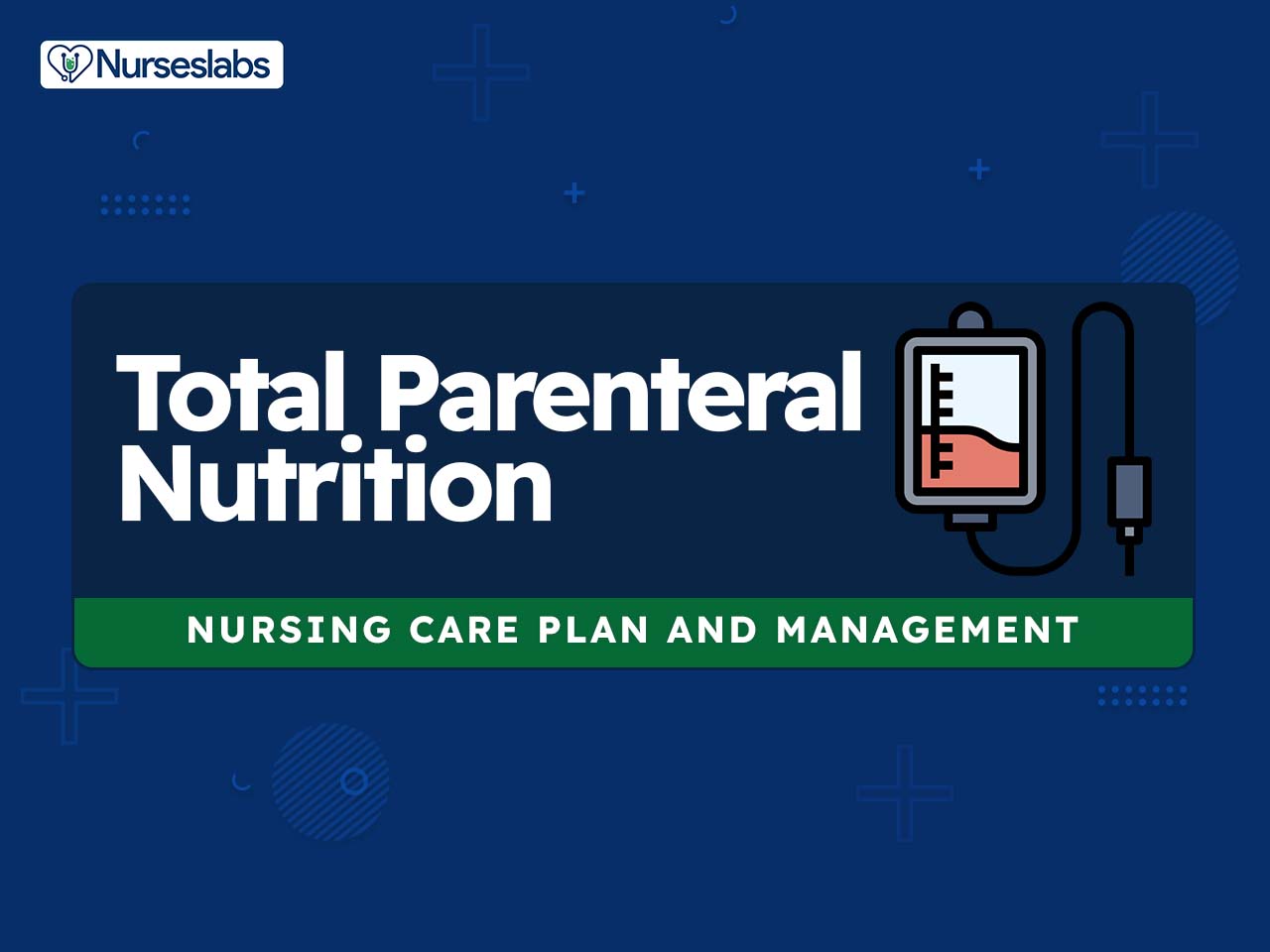
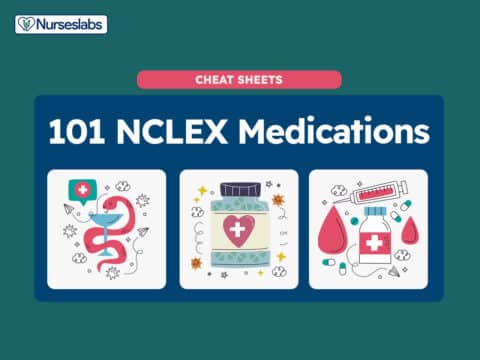



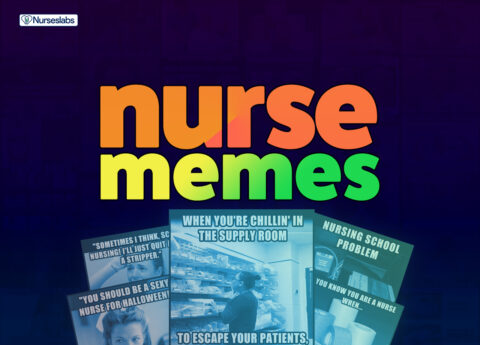



















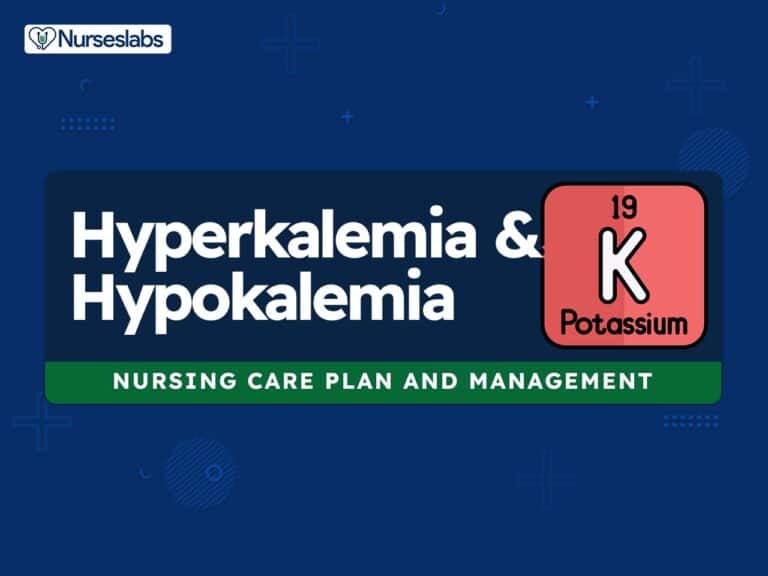
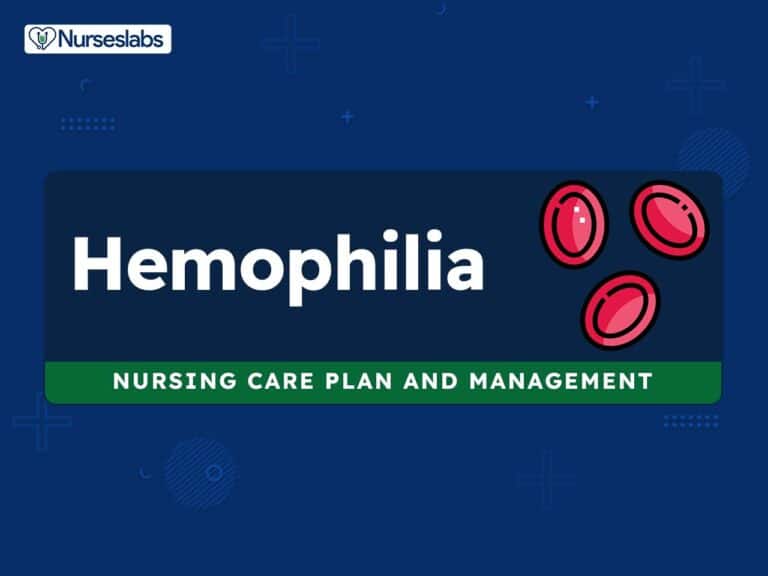
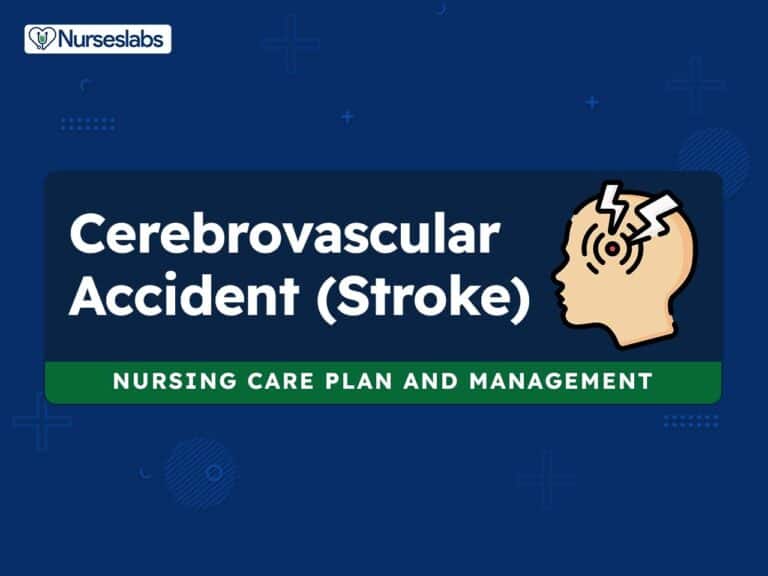

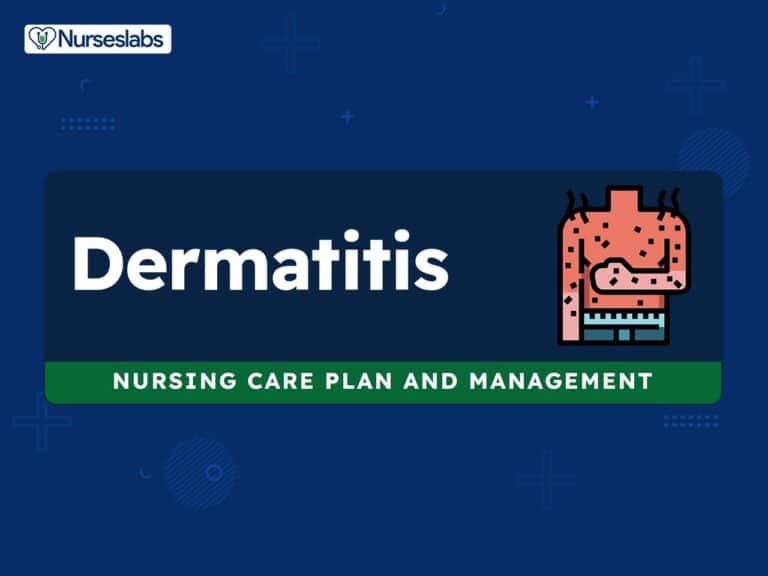
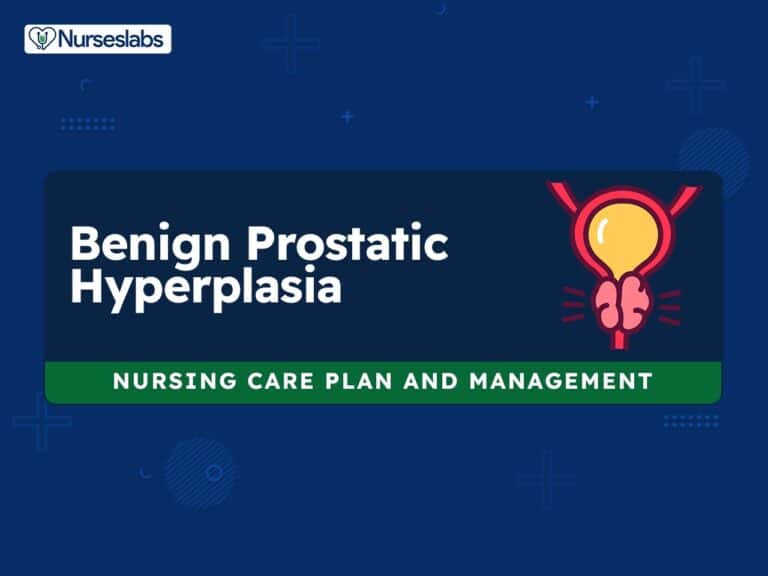
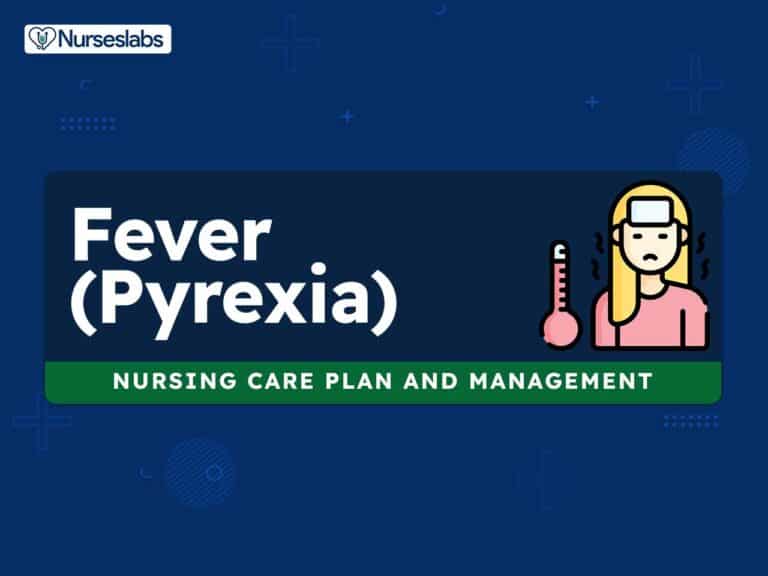
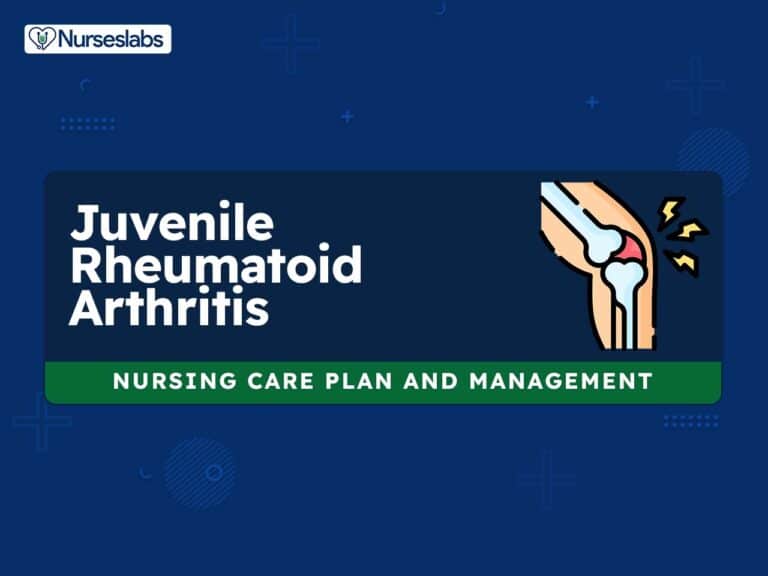
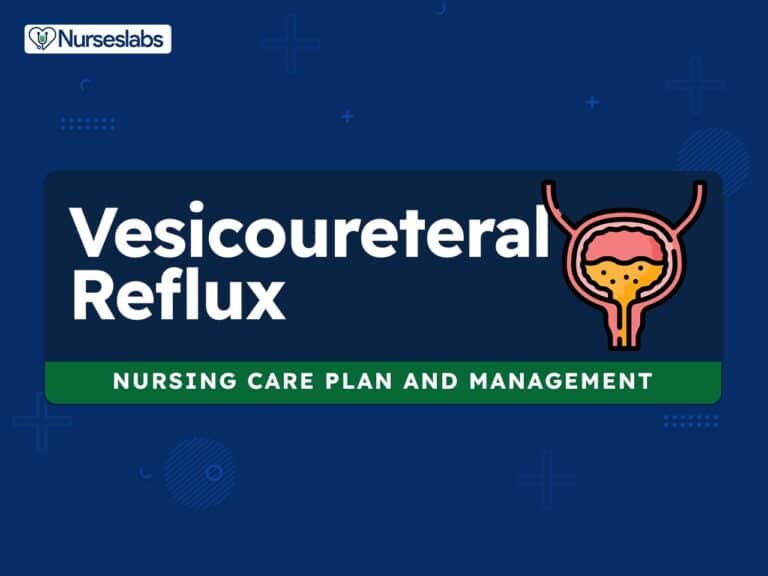
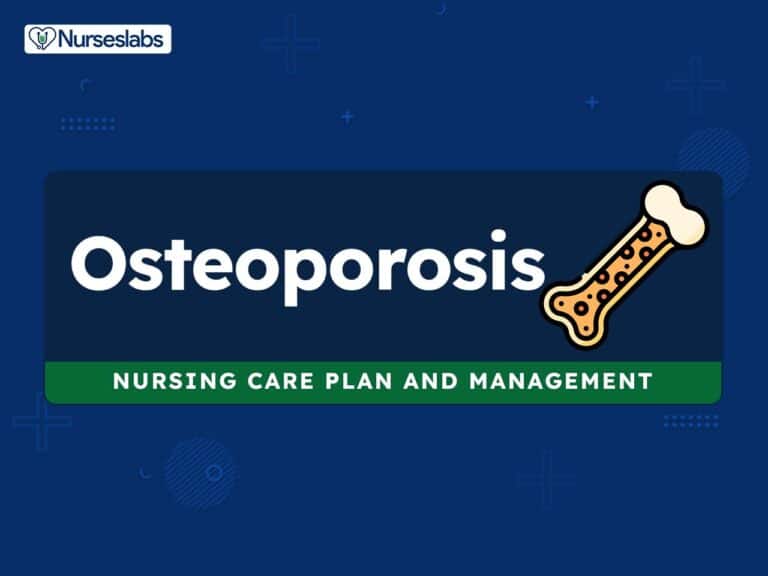
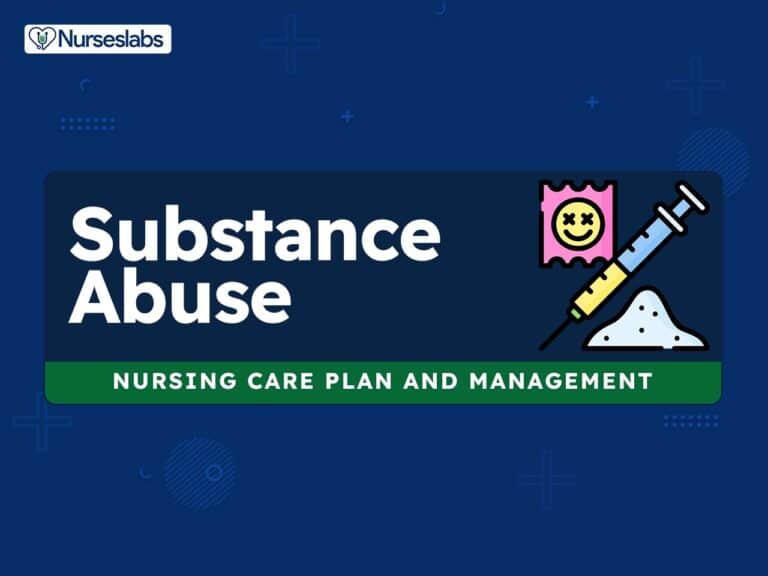

Leave a Comment